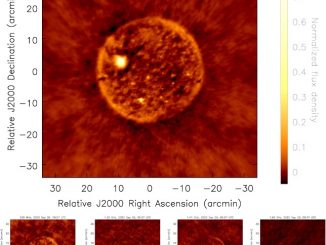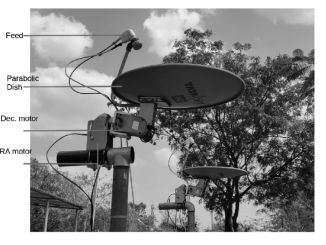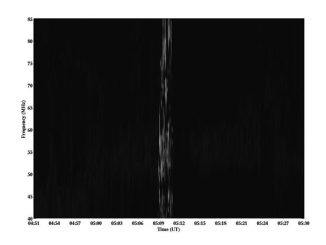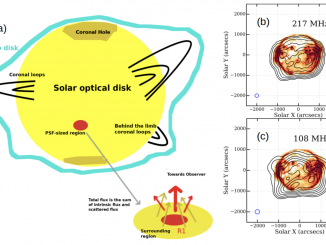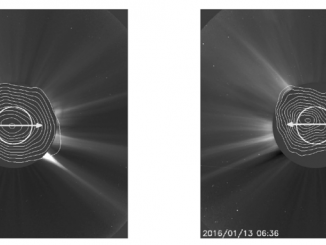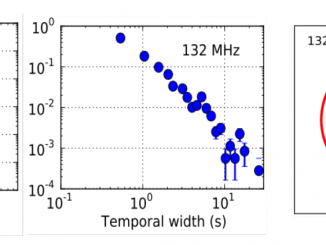Spectroscopic Imaging of the Sun with MeerKAT: Opening a New Frontier in Solar Physics by Kansabanik et al.
Since the discovery of solar radio emission in the late 1940s, the Sun has been studied in great detail across a wide range of frequencies from a few tens of kHz to several hundreds of GHz. Solar radio emissions provide several unique diagnostics of the solar corona, which are otherwise simply inaccessible. Despite this long history of observations and studies, the Sun still harbors several mysteries. Improved observations from the […]

